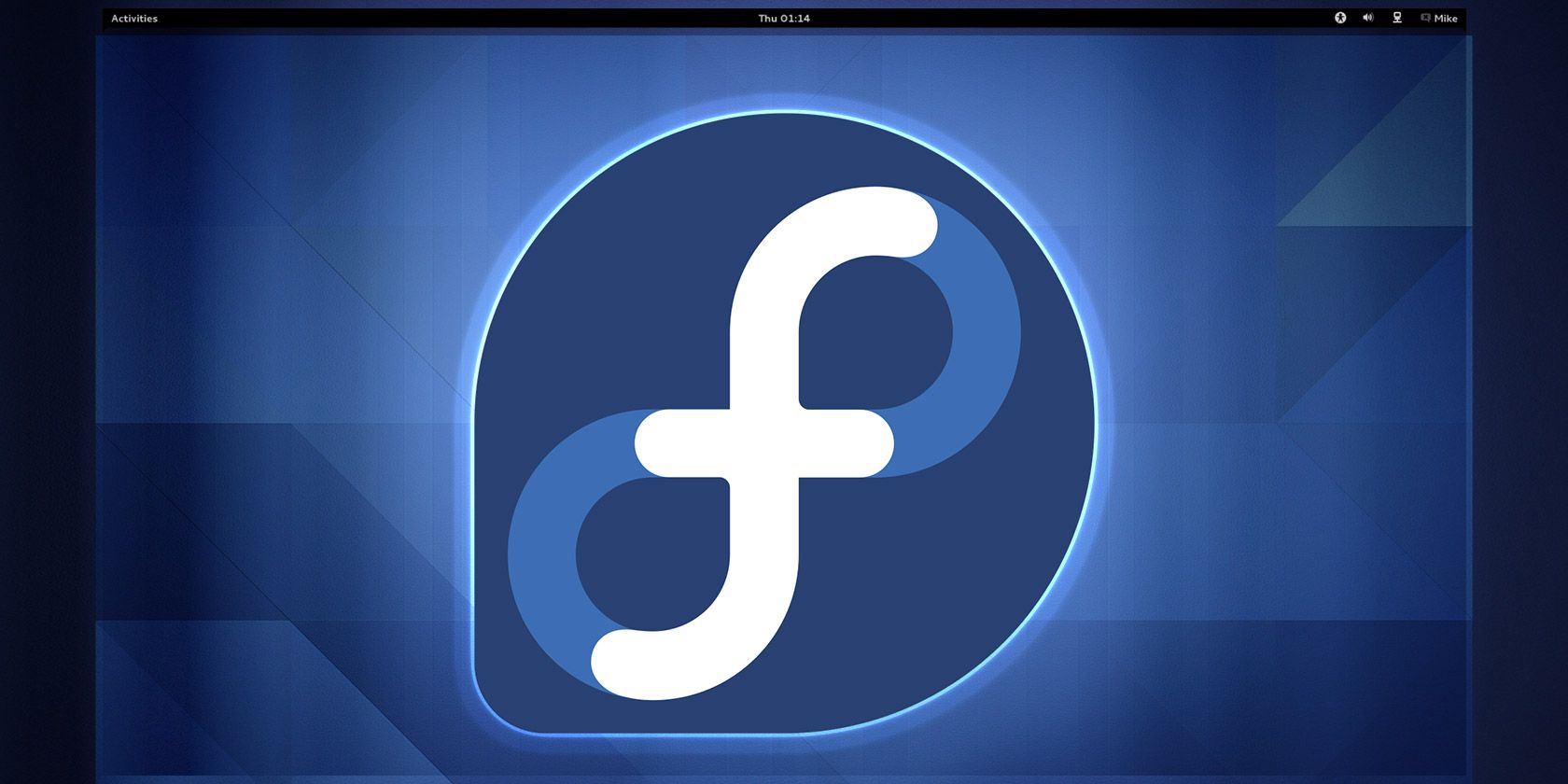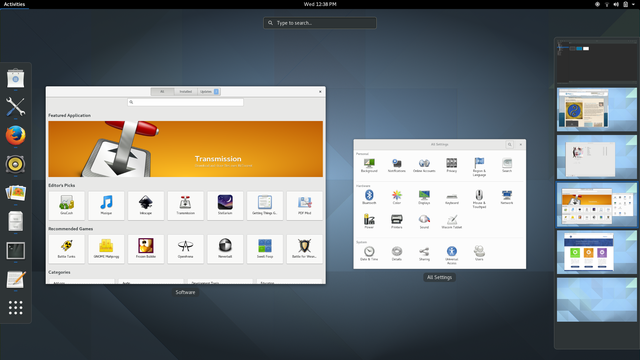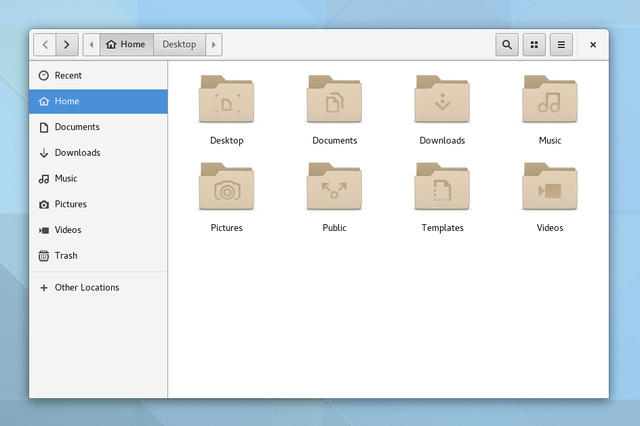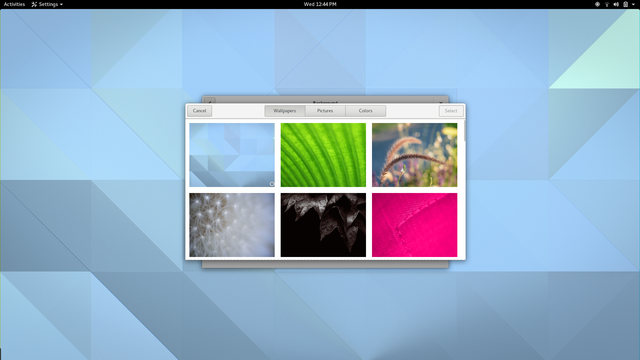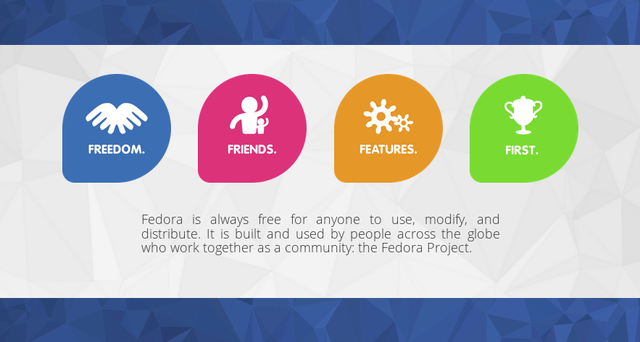Fedora is one of the largest Linux communities in the world. But it doesn't have quite the name recognition as Ubuntu. Even among many who know of Fedora, the distro has a reputation for being hard to use. Is this true, and if so, why do so many people continue using Fedora year after year?
I've written much about Ubuntu and other Ubuntu-based distros. Thing is, I've done so using a Fedora-powered laptop. These are some of the reasons why I find myself embracing this distro over all others.
First, Some Background
The first version of Fedora launched in 2003, after the final release of Red Hat Linux. Going forward, Red Hat would focus on Red Hat Enterprise Linux instead. Fedora was born as a community-supported option, one used to produce future Red Hat Enterprise Linux releases.
While Red Hat sponsors Fedora and some of its employees contribute to the distro's development, Red Hat doesn't create Fedora the way Canonical, for example, produces Ubuntu. Fedora stems from the Fedora Project, a massive community made mostly of volunteers around the world. A board called the Fedora Council governs the project, though as sponsor, Red Hat does employ a few roles.
The first six releases went by the name "Fedora Core." Since then, "Fedora" has sufficed. New versions come out roughly every six months and maintain support for little more than a year.
While Red Hat is a US company, the Fedora Project is a global community. Nonetheless, the distro's sponsor being in the US does affect a few decisions, such as the first one on this list.
1. Fedora Only Distributes Free Software
Linux is widely regarded as a free and open source desktop, but that isn't 100% true. While the vast majority of what you run on a Linux machine is free software, some is the kind of proprietary code you find on commercial operating systems. Other is open source but saddled with licensing issues, such as multimedia codecs.
The distro you use determines how easy it is to stumble across proprietary software. Each one has varying stances on how to treat non-free applications.
Ubuntu has gained its reputation for being user-friendly in part by making proprietary or restricted software easy to come by. The distro highlights multimedia codecs, closed display drivers, and plug-ins like Adobe Flash. These help users listen to music, play games, and browse the web -- but they're also not free software.
Fedora takes a principled stand here, one that also avoids opening Red Hat up to lawsuits. Non-free software isn't allowed in the repositories. The distro won't stop you from installing such applications, but it won't help you either. Users have to turn to third-party resources, such as the popular RPM Fusion repository. This is part of why Fedora is considered more difficult to use.
But if you only want to use free software, Fedora offers peace of mind. Unless you go out of your way to install an .RPM manually, such as by downloading Chrome from Google's website, you know your computer will only run free software.
Well, almost. There are closed binary bits in the Linux kernel itself. If you want a pure system, you don't have to install a different distro. Try using the Linux-libre kernel inside Fedora instead [Broken URL Removed].
2. Fedora Offers the Best Implementation of GNOME
The GNOME desktop environment is my favorite across any operating system. I especially became a fan with the introduction of the GNOME Shell in version 3.0. To me, it felt that Linux finally had an interface that felt unique and modern at the same time.
GNOME draws developers and contributors from around the world. Besides the desktop environment, the community has created dozens of apps. These days GNOME software can handle most desktop functions.
Many distros provide the GNOME environment, but many introduce their own tweaks. Fedora provides a pure GNOME experience. Whenever you see a new feature hit the next version of GNOME, you can count on it landing in the next Fedora release exactly as it looks in the video.
3. Fedora is Easy to Use
GNOME developers design the desktop to be simple and intuitive. Since Fedora ships the environment in an unaltered state, it benefits from these design decisions.
Much of the software in GNOME 3.x is simpler than it was in the GNOME 2.x days. This is especially visible in Files, the default file manager also known as Nautilus. Launching the app shows you a sidebar, your folders, and a few buttons. Compared to Windows Explorer, it looks downright basic.
GNOME's text editor (gedit), photo viewer (Photos), and web browser (Web) all share that same simplicity. Even advanced tasks, such as managing virtual machines, is easy to do with the Boxes app.
With GNOME Software, the new package manager, getting new apps is as easy as it is on your phone. And starting with Fedora 24, you can upgrade to the next Fedora release from within GNOME Software.
4. Fedora Developers Benefit the Broader Linux Community
The Fedora community prefers to develop software that benefits the entire open source ecosystem. It does this by pushing changes upstream rather than focusing downstream.
Put another way, Fedora works with the original creators of software to make changes that impact everyone, rather than patch the software to provide changes only to Fedora users.
This is why most desktop environments in Fedora aren't differentiated from other distros in any meaningful way, aside from occasionally changing the default wallpaper.
Fedora often develops or embraces new technologies early on. Take the PulseAudio sound server, the systemd init system, and the Wayland display server. These creations aren't always popular at first, but they do tend to make their way to other Linux distros.
5. Fedora Strives to Embrace New Technology First
This makes Fedora a great place to try out software before it gets introduced to other distros. For example, GNOME 3 arrived in Fedora before Ubuntu or openSUSE. Fedora is aiming to use Wayland by default in the next release.
Fedora 24 launched with GNOME 3.20, while Ubuntu GNOME 16.04 offers 3.18. Both launched after the latest release arrived in March. Meanwhile, openSUSE Leap 42.1 comes with an even older version, 3.16.
The same dynamic can be found with the Linux kernel, libraries, and apps. Fedora doesn't always offer a newer version, but chances are it isn't lagging behind.
Changes don't come as quickly as they do in rolling release distros, but the six-month release schedule offers a good balance for folks who want a balance between updates and stability.
What Do You Think of Fedora?
Fedora doesn't strive to be a distro for everyone. The focus on free software may frustrate users switching to Linux for the first time. The short support window means Fedora probably isn't the best option for servers, or enterprise use.
On the other hand, Fedora is one of the most usable free software-focused distros you can download. I've run Fedora for years with a consistently reliable experience, and I look forward to what the next one brings.
What distro do you have on your computer? Have you used Fedora? What was your experience? Tell your story below for others considering giving Fedora a shot.

